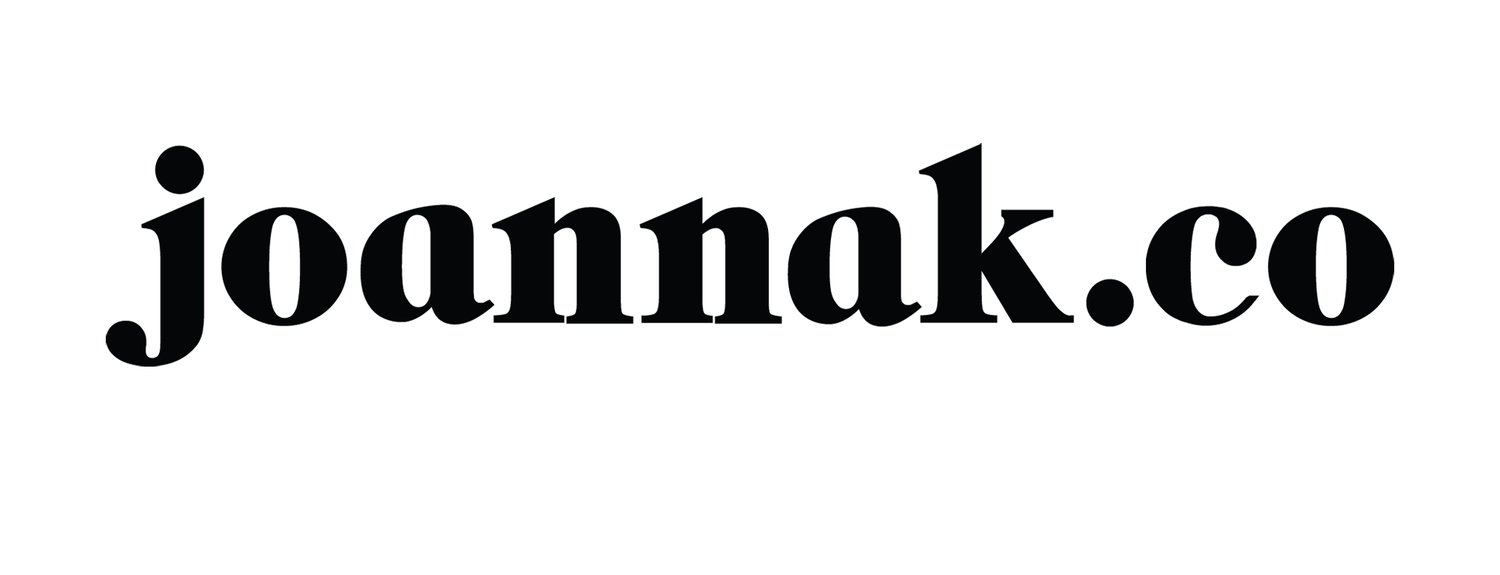How can branding help my business?
Since branding is such a broad subject, consider this short article an introduction to the concept and a preamble to a series of articles that will delve into the topic in more detail. It would be easy to bore you to tears with dry facts and lists of items, but the aim of this blog is to give you a more human definition of what branding is and what it can do for you.
We've come a long way from marking cattle to designing logos for water bottles. Branding used to be a physical symbol of ownership, but now it’s evolved into something far less tangible. If asked about the definition of branding, many would describe it as a gut feeling people have about a product, service, or company. I like to think of it as perception optimisation.
In one of my previous blogs, I compared branding to a tuning fork for an orchestra, but with its power extending to the conductor, stage manager, light and sound engineers, and even the ticket office—as well as the experience, emotions, and memories the audience has.
Some sources claim we have mere seconds to stop people in their tracks and make them pick our product from an array of options. The days when we could slap a logo on a box, put a product in the shop, and hope for the best are long gone. Standing out for the right reasons takes strategy, passion, consistency, and persistence.
How can branding Help my company?
Each process starts with four fundamental branding questions: Who are you? Who needs to know? How will they find you? Why should they care? Finding the answers leads to a deep dive into your business that strips away all that doesn't matter so you can focus only on what truly aligns with your vision for the future.
Through discovery and research, you’ll clarify the core idea of your brand. Considering that you are the most familiar with your creation, it might sound silly, but think of it as translating all you know and feel about your brand into language that makes business sense. That is the foundation you will be building on.
Moving forward, you will focus on finding your brand's place in the industry, its mission, and its vision for the future. You’ll establish, with precision, who you’re speaking to and how you should talk to them. With all that knowledge gathered, you can set a strategy and create a visual identity.
How do I start the branding process?
Start now with what you have. Focus on what is your minimum to be effective. In business, we have a term: minimum viable product. The same concept can be applied to branding. What you create will largely depend on what you are selling, where, and how you are going to reach your audience. Knowing your people is key to strategy and marketing. You need to start learning about their wants, needs, aspirations, and the problems they are looking to solve. Start with their most pressing needs and work your way to more specific ones as you grow. While you’re at it, note the language, tone of voice and visuals you encounter.
Do research into the industry because there might be a niche you are perfect for. If you decide to study your competitors look for untapped opportunities they are missing. Your marketing strategy should have two goals: building brand awareness and driving sales. Choose a few channels that are most frequented by your people and focus on them leave other brand touchpoints for later in the game or when you need them.
Create a mood board with the look and feel of your brand to start defining the visual language. (You can read more about mood boards here.) It is simple to get carried away with the visuals but remember to always go back to data and make choices based on what resonates with your people.
This is just the starting point—there is no right or wrong way of doing things.


